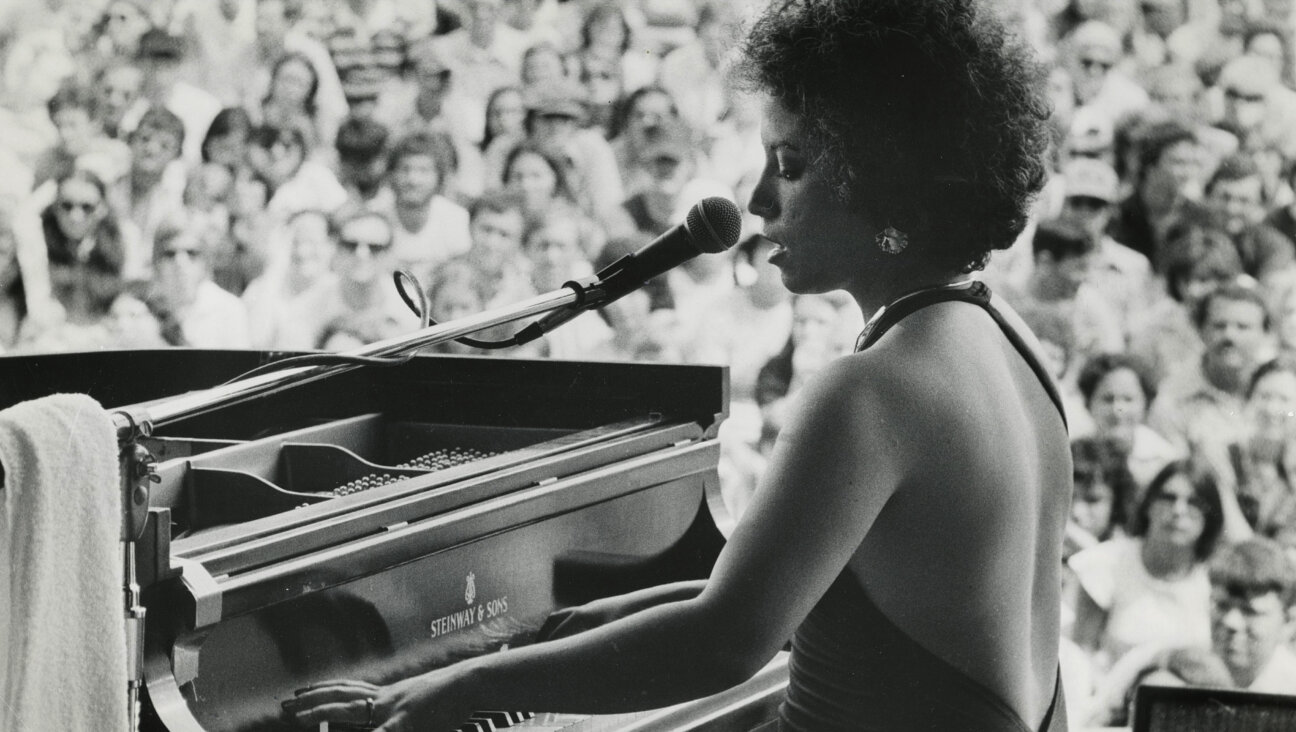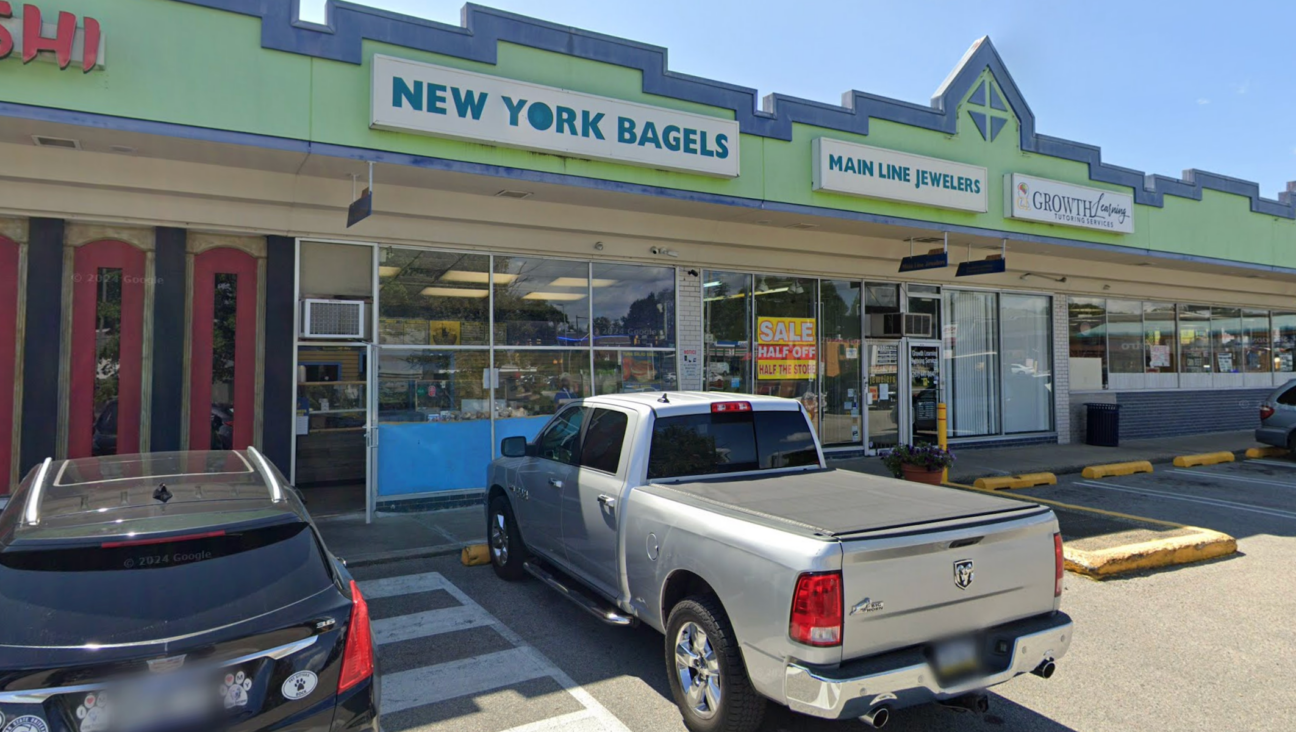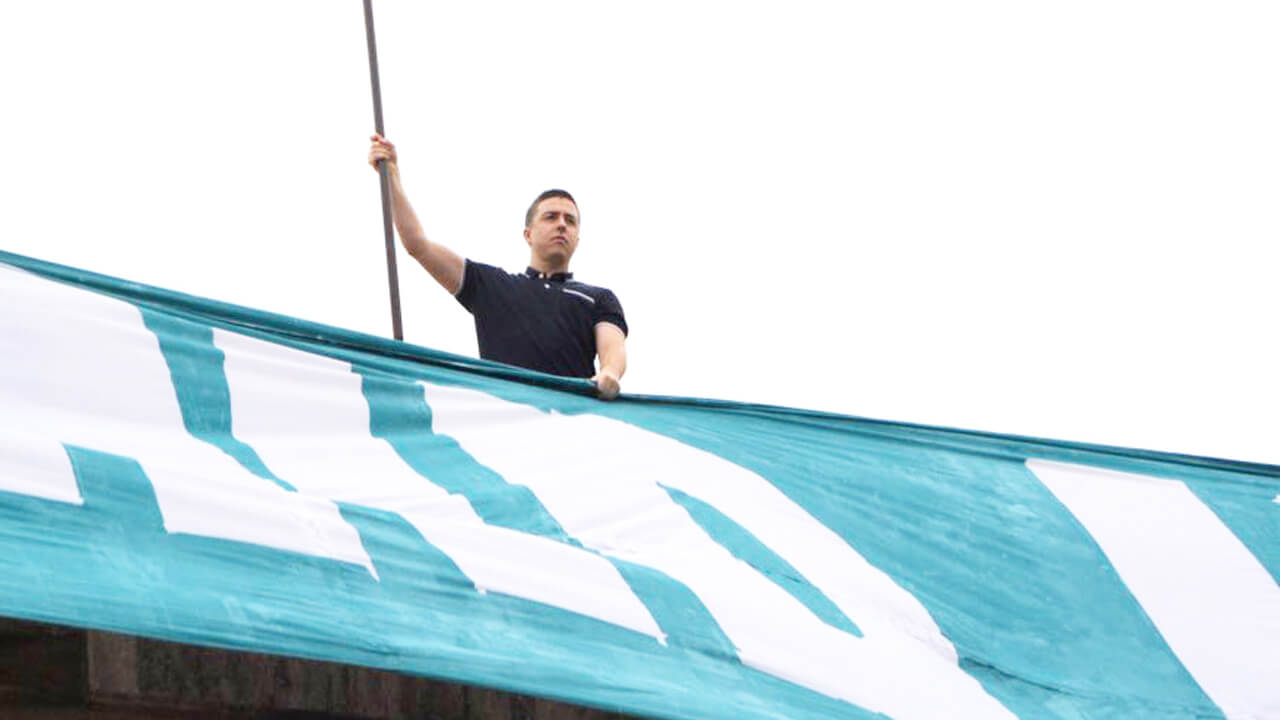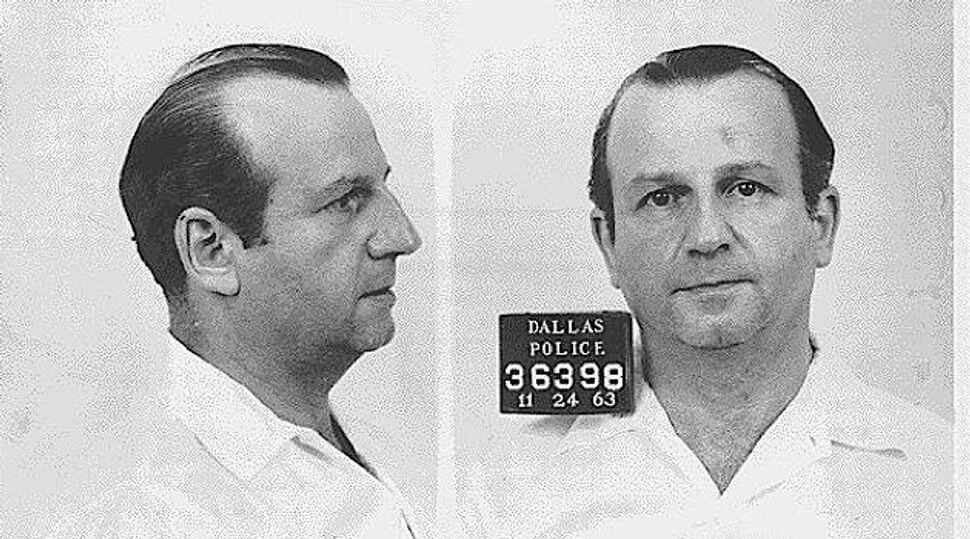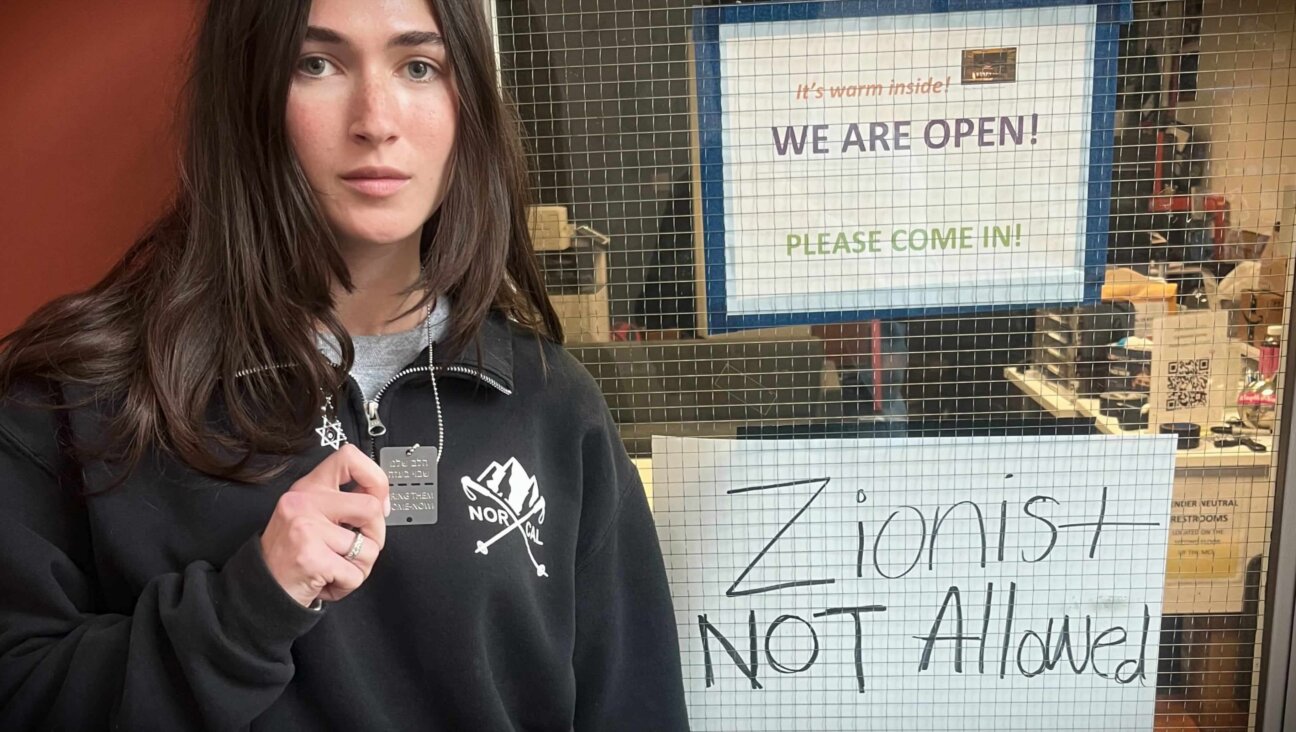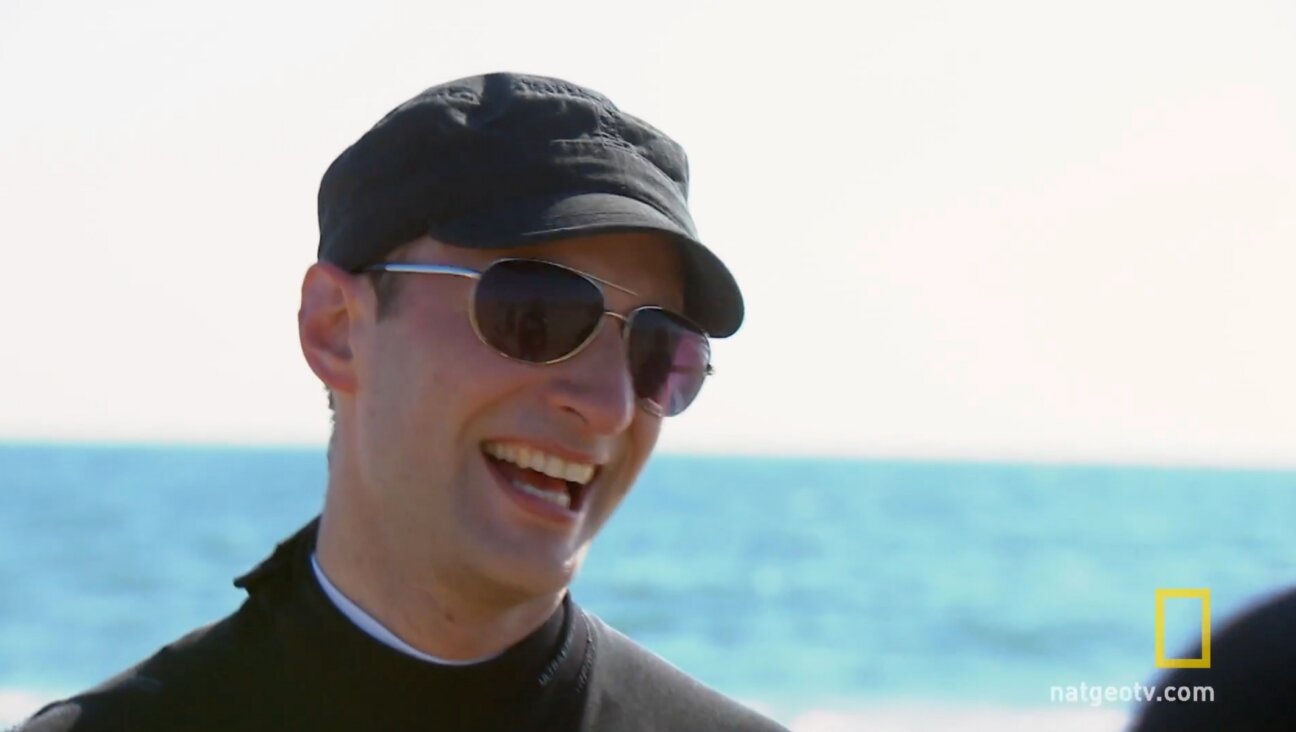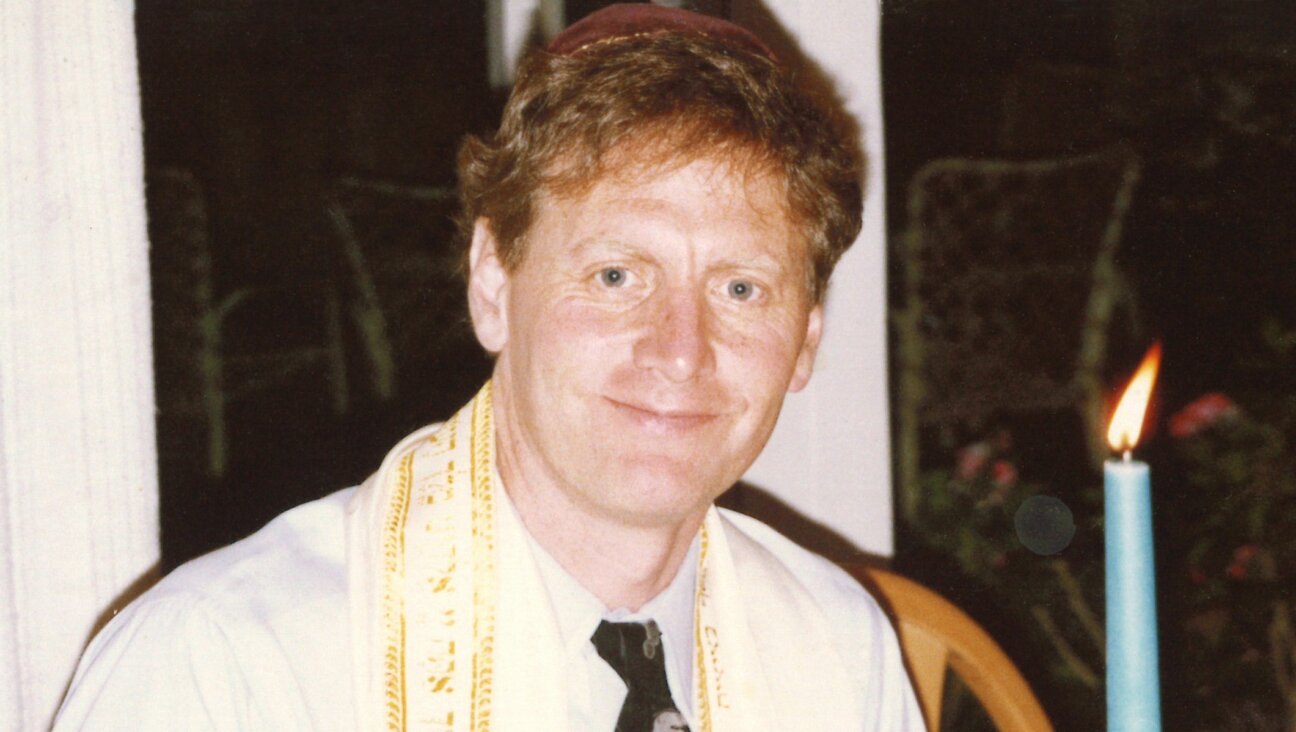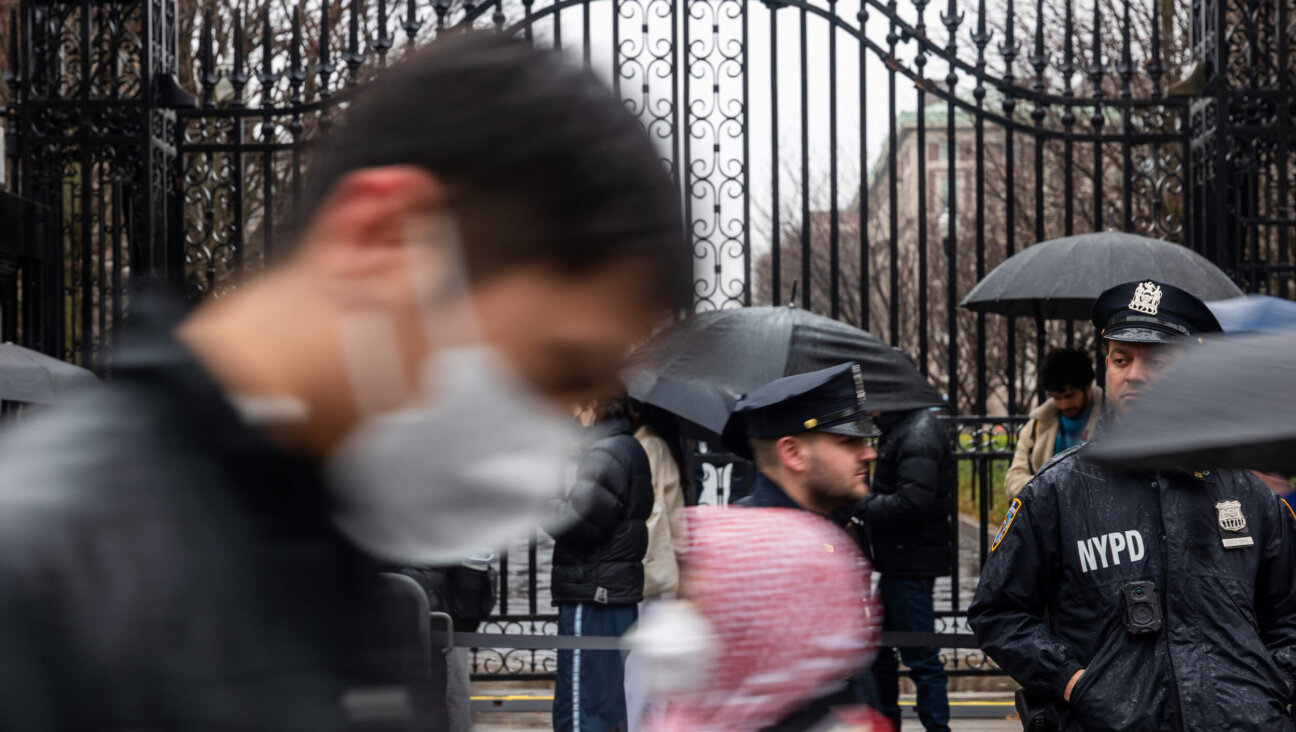A New Ruin Rising

FORMER GLORY: The interior of the Hurva synagogue as captured on a 1920s postcard.
Can a ruin still be called a ruin once it has been rebuilt? This is the not-so-theoretical question that visitors to Jerusalem’s Jewish quarter may be asking after strolling by the construction site where the preserved remains of the Hurva (Ruin) synagogue used to stand.

RECONSTRUCTION: By 2011, Jerusalem's Hurva synagogue is slated to be rebuilt -- again

FORMER GLORY: The interior of the Hurva synagogue as captured on a 1920s postcard.
Late last year, the Israeli government began work on a multiyear project to construct an exact replica of the venerable Hurva synagogue on its original site. If all goes according to plan, then by 2011, what was formerly Jerusalem’s largest and most recognizable synagogue will loom over the city’s skyline once again. The story of the Hurva’s rise from the rubble thus far has received little attention outside of Israel. But it contains many lessons — some cautionary — about the manifold links among architecture, politics and memory that shed a revealing light on Israel as it approaches its 60th birthday.
The Hurva’s violent history befits its evocative name. The synagogue dates back to the year 1701, when a group of newly arrived Polish Hasidic Jews led by Rabbi Yehuda ha-Hasid began constructing a new house of worship for their small congregation. Two decades later, the building was still unfinished when the congregation ran out of money and was expelled from the city by local Arab creditors, who proceeded to tear down the incomplete structure. The ruined remnants of the building stood, untouched, for a century, giving the synagogue its name — “Hurva,” Hebrew for “ruin.” Then, in a project that began in 1836, disciples of the Vilna Gaon rebuilt the synagogue. For the next 80 years, the domed, neo-Byzantine synagogue dominated the skyline of the Jewish quarter.
But its architectural reign came to an end in 1948, when the Jordanian army destroyed the Hurva during the War of Independence as part of a larger effort to erase the Jewish presence from the Old City and prevent Jews from ever returning there. The Jordanians’ plans failed in the end, however, for with Israel’s victory over Jordan, and its re-conquest, of East Jerusalem in the Six Day War of 1967, the Hurva’s remnants once again fell into Israeli hands. With this pivotal event began what has since become a 40-year saga to decide the building’s ultimate fate.
In the fall of 1967, the celebrated Jewish architect Louis I. Kahn was asked by a group of Israeli politicians and architects to submit a design for a new Hurva synagogue. Kahn produced what architectural historians have regarded as the greatest un-built design of his storied career. His initial plan (there were three in all) envisioned two square concentric buildings: an interior sanctuary defined by four massive concrete piers that ascended into umbrellalike, rectilinear roof supports, and an external structure — composed of 16 enormous pylons made of golden-hued Jerusalem stone — that was meant to house niches for smaller ceremonies.
Kahn’s design was so breathtaking in its archaic monumentality that it doomed its chances of being realized. Soon after the Israeli media publicized Kahn’s plans, political and religious objections arose. Teddy Kollek, who at that time was Jerusalem’s mayor, was a supporter of Kahn’s, but he confessed that he had reservations about commissioning a structure that would compete with the Dome of the Rock and the Church of the Holy Sepulchre. And Orthodox Jews, perceiving (correctly) the influence of Solomon’s Temple upon Kahn’s ambitious design, feared that it heretically aspired to serve as a “Third” Temple. In the face of such serious objections — in addition to budgetary problems — Kahn’s plan remained in limbo into the early 1970s and effectively came to an end with the architect’s death in 1974.
For the next few decades, the Hurva’s ruins remained largely untouched. Gradually, however, they evolved into an evocative commemorative site. In the late ’70s, Israeli authorities reconstructed one of the synagogue’s original four supporting arches and added a small photo exhibition chronicling the synagogue’s destructive past. These changes helped to transform the site into an evocative lieu de mémoire, a place where Israeli history, memory and identity coalesced in powerful fashion.
The site’s commemorative identity, however, was destined to be short lived. In 2002, the Jewish Quarter Development Company, a government agency that owns most of the property in the Jewish quarter, decided to rebuild the Hurva synagogue and entrusted Israeli architect Nahum Meltzer with producing a near exact replica of it.
The decision to rebuild the Hurva reflects a variety of motives. One is the desire of the JQDC to complete its 40-year project of renovating the Jewish quarter. From 1967 through the 1980s, the pace of redevelopment in the long-neglected district was slow. But the construction of apartments, shops and restaurants (and a corresponding rise in real estate values and tourism) in recent years has enhanced the quarter’s status to the point where the Hurva’s ruins appeared anomalous. This increased pace of development probably helped to seal its fate.
Political motives have also played a role. Ever since the late 1960s, the proponents of reconstructing the Hurva have seen the project as a way of increasing the comparatively small Jewish architectural presence in the Old City and symbolically asserting sovereignty over the city more broadly. This political goal helps explain why Jerusalem’s conservative mayor, Uri Lupolianski, has supported the project (and it also explains his support for the JQDC’s plan to reconstruct the quarter’s other major domed synagogue destroyed by the Jordanians, Tiferet Israel). Interestingly, the mayor’s Orthodox religious beliefs do not seem to have played much of a role, for while the new Hurva could conceivably serve the needs of the Jewish quarter’s largely Orthodox population, there is no official congregation currently attached to it.
At the most fundamental level, however, the reconstruction of the Hurva seems to reflect an emotional longing to undo the past. It has long been recognized that efforts to restore ruins reflect a desire to forget the painful memories that they elicit. Calls to rebuild the Word Trade Center towers as they were before the September 11, 2001, attacks represent a clear (if unrealized) instance of this yearning. And the recently completed reconstruction of Dresden’s famous Frauenkirche — long a heap of rubble after being flattened by Allied bombers in February 1945 — represents a notable example of translating this impulse into reality.
It is not surprising that many Israelis would want to rebuild the Hurva. For decades, it stood as a painful symbol of military defeat and religious loss. The Hurva’s destruction, after all, was part and parcel of the Jordanian army’s seizure of the Old City in 1948 and its subsequent campaign of cultural vandalism, in which it razed half of the city’s 58 synagogues that had not already been destroyed by the fighting. Against this backdrop, the desire “to restore the lost glory and rebuild the Hurva synagogue the way it was,” as Meltzer put it in 2005, seems perfectly understandable.
And yet, the reconstruction project is problematic, for in seeking to undo the verdict of the past, the project will end up denying it. Denial is inherent in the restoration of ruins, as is frequently shown by the arguments used to justify such projects. In Dresden, for example, many supporters of the Frauenkirche’s restoration portrayed themselves as the innocent inhabitants of a city that was unjustly bombed in 1945, thereby obscuring the city’s longtime support for the Nazi regime and its war of aggression during the years of the Third Reich. Similarly, the physical appearance of the restored Frauenkirche — despite its incorporation of some of the original church’s visibly scorched stones — has effectively eliminated the signs of the war that its ruin once vividly evoked.
In the case of the Hurva, the situation is somewhat different. If many Germans in Dresden emphasized their status as victims to justify rebuilding their ruined church, the Israeli campaign to reconstruct the Hurva will do precisely the opposite — namely, obscure traces of their victimization. As long as the Hurva stood as a hulking ruin, after all, it served as a reminder of Israeli suffering at the hands of the Jordanians. Kollek said as much in 1991, when he noted: “It is difficult to impress upon the world the degree of destruction the Jordanian authorities visited upon synagogues in the Old City…. The Hurva remnants are the clearest evidence we have today of that.” Indeed, as a ruin, the Hurva served the same kind of function as sites such as Masada and Yad Vashem — which, by highlighting the tragedies of the Jewish past, helped to confirm the Israeli state as the chief guarantor of the Jewish people’s future.
At the same time, however, it seems the Hurva’s existence as a ruin conflicted with the State of Israel’s Zionist master narrative: the idea that ultimately, heroic achievement triumphs over helplessness. In fact, in the end it may be the project’s ability to confirm the national desire to control its own destiny that best explains its appeal. As Israel approaches its 60th birthday, the country faces many intractable problems that make present-day life uncertain. But in the realm of architecture, Israelis can indulge in the illusion that they can at least control and manipulate the past. In this sense, the Hurva’s reconstruction may express deeper escapist fantasies in an unpredictable present.
What the restored Hurva’s most significant symbolism will be — and whether or not it should be welcomed — is difficult to say. It is worth asking, though, how its transformation into an icon of redemption from one of victimization will be read within the context of the larger Arab-Israeli conflict. If it is true that peace in the Middle East is likely to remain a far-off dream as long as Israel and its Arab neighbors adhere to identities of victimhood, the ruin’s restoration might be seen — at least by optimistic observers — as a small step toward accommodation and reconciliation. More skeptical observers, by contrast, will probably argue that the Hurva’s restoration may impede peace, at least symbolically, by functioning as an aggressive symbol of Israel’s commitment to maintaining a permanently united Jerusalem.
In the end, the only certainty is that the future synagogue will be guilty of the sin of all reconstructions: that of falsifying the past. Once the Hurva is completely rebuilt, its dome will no doubt blend harmoniously into the Old City’s ancient skyline. It will do so, however, not as an authentic historic artifact but rather as a postmodern simulacrum.
When the new synagogue is rededicated, some of the initial reactions will likely be critical. Architects will bemoan the missed opportunity to commission Kahn’s original design for what could have been the greatest modern synagogue of the 20th century. Historic preservationists will complain about the fabrication of an architectural forgery. And ordinary Israelis and Jews visiting from abroad may note with disappointment the disappearance of one of the War of Independence’s most evocative physical remnants. In the long run, of course, few will know or care that the restored Hurva is a copy of a copy. Our world is full of counterfeit buildings — think of Venice’s campanile on the Piazza San Marco, or Colonial Williamsburg — none of which seems to affect us in any adverse way. Still, for those who value the opportunity to encounter the authentic traces of history, the Hurva’s restoration will hardly be a cause for celebration.
In the end, one thing will be undeniable: The Hurva will stand as a misnomer twice over. Two times a ruin, two times rebuilt — it is tempting to quote Marx’s famous observation about the way in which history frequently repeats itself in farcical fashion. Perhaps to pre-empt critics who will see the reconstruction project as a farce, Israeli authorities may want to consider giving the rebuilt Hurva a new and more appropriate name.
Gavriel Rosenfeld is an associate professor of history at Fairfield University. His co-edited book (with Paul Jaskot), “Beyond Berlin: Twelve German Cities Confront the Nazi Past,” will be published later this year by the University of Michigan Press. He is currently writing a book on Jewish architecture and the memory of the Holocaust.
A message from our Publisher & CEO Rachel Fishman Feddersen

I hope you appreciated this article. Before you go, I’d like to ask you to please support the Forward.
At a time when other newsrooms are closing or cutting back, the Forward has removed its paywall and invested additional resources to report on the ground from Israel and around the U.S. on the impact of the war, rising antisemitism and polarized discourse.
Readers like you make it all possible. We’ve started our Passover Fundraising Drive, and we need 1,800 readers like you to step up to support the Forward by April 21. Members of the Forward board are even matching the first 1,000 gifts, up to $70,000.
This is a great time to support independent Jewish journalism, because every dollar goes twice as far.
— Rachel Fishman Feddersen, Publisher and CEO









